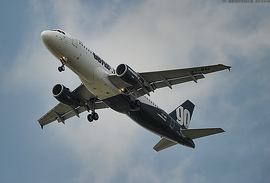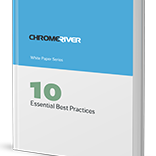 For casual travelers, the way airlines set fare prices can seem either arbitrary or a conspiracy that combines magic and higher mathematics. But fare prices do follow predictable trends, at least for corporate travel managers. This year, increased demand is expected to drive up airfares for business travelers.
For casual travelers, the way airlines set fare prices can seem either arbitrary or a conspiracy that combines magic and higher mathematics. But fare prices do follow predictable trends, at least for corporate travel managers. This year, increased demand is expected to drive up airfares for business travelers.
A sign of our strengthening economy, companies are traveling more to pursue new opportunities, according to an article on the Los Angeles Times website. Domestic airfares will increase by 4.6 percent in 2013, suggests a recent survey from the Global Business Travel Association, and international flights likely will rise by as much as 8.3 percent.
The year’s first price increase targets business travelers who book flights within seven days. Delta Air Lines is hiking those fares between $4 and $10, according to the Los Angeles Times article, with every other major carrier following suit. Based on historical trends, business travelers should expect another fare hike every two months or so, according to the article.
To contain costs, companies need to provide clarity on which types of airfares comply with stated expense policies. One way to help employees and travel managers find appropriate fares is by implementing a software-based solution, such as an automated expense policy.
An automated expense policy integrates your company’s expense rules with software used to authorize, procure, track, process and reimburse employees for business-related expenses. This streamlined solution helps employees make sure their travel plans follow company rules before booking accommodations and flights.
Managers, in turn, gain access to facts and data that they can use to improve efficiency by negotiating more cost-effective travel options, spotting errors or fraud, streamlining rules and spending guidelines, and identifying opportunities for relationships with preferred vendors.
This year’s airfare hikes may not affect occasional travelers, but they could have a major impact on businesses. The average organization spends 8 to 12 percent of its annual budget on travel, entertainment and other employee expenses. When airfares represent a sizeable chunk of that budget, it’s important to find ways to contain costs.
What are some ways your business is controlling travel expenses this year?
Source: Los Angeles Times, February 2013
Subscribe
Latest Posts
Posts by Category
I just love the Chrome River application. I could probably sell it! Finance Administrative Coordinator Law Firm, 800 Employees
Can’t we just move year-end, so that we can roll out Chrome River sooner!? Financial Systems Director Law Firm, 300 Employees


Comments